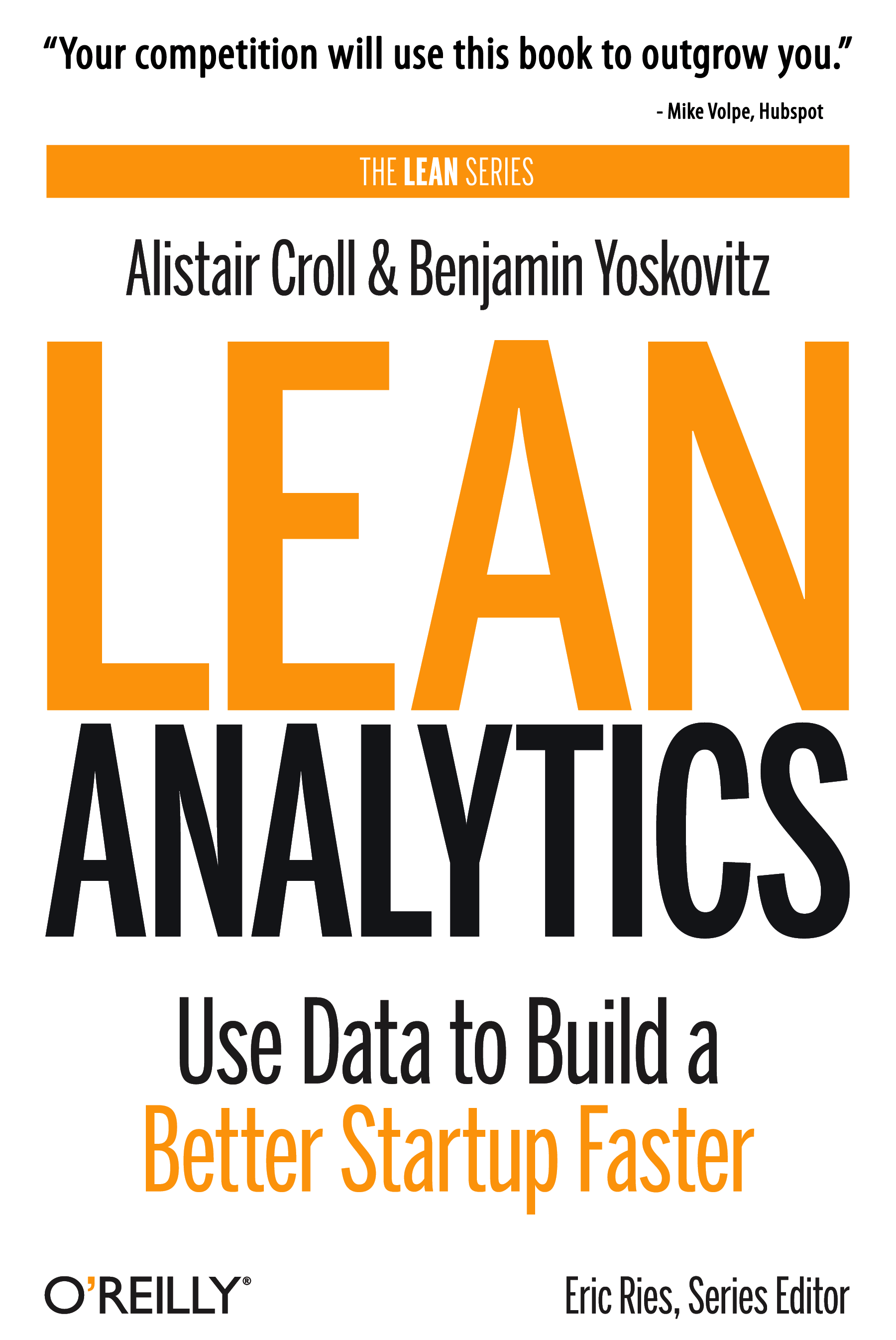MVP = Minimum Viable Product
But should it?
My esteemed colleague Raymond Luk is well known for his catchy quotes. If only we could post more of his catchphrases on Twitter. Lots of “OH” material at Year One Labs partner meetings…
So yesterday, Raymond said, “The MVP is a process, not a product…” And that’s the inspiration for this post, which has been bubbling in my mind for the last few weeks.
In order to deliver an MVP you do need to produce something. For most startups that means putting a product into people’s hands. That’s where the “Product” part of “MVP” comes from. Except products are usually associated with launches, and an MVP is hardly a launch. “Launching” has the connotation of being finished, and switching gears (let’s say from product development to marketing/PR). But after putting an MVP into people’s hands you’re still going through the same motions as you were before: writing down hypotheses, testing them, learning and iterating. There’s nothing about an MVP that should encourage you to switch from this process. It’s not really a “launch” as we’ve come to know them.
Build -> Measure -> Learn
Somehow that’s so hard to keep top of mind. The allure of launching with publicity, switching into user acquisition mode, and being finished with the very hard work of going through Customer Development and Lean Startup processes is just so appealing. Putting a finite point on the MVP because it’s “done” feels like it should make sense. But the MVP is truly a process. Giff Constable makes this point in his post, MVP is a State of Mind, not a Version Number.
At Year One Labs we’re very quickly realizing the challenge of how to describe this. We have milestones in our plans for startups that move from the initial probe phase (Problem & Solution analysis) to MVP development to scaling. Going from the probe to MVP development is reasonably clear. Going from MVP to scale is not. When an MVP gets into people’s hands (notice how hard I’m trying to avoid the word “launch”) that’s clearly not the point at which it’s time to scale. But when is that point achieved?
Honestly, it’s hard to know. It’s not always obvious (although maybe it is when you get there), and it’s not the same across startups. When have you proven your startup is a success? There’s no definitive answer, but what I do know is that you need to be very careful about switching too early from “build -> measure -> learn” to “let’s scale this mofo!”. And that point in time is definitely not when you first open up your MVP.
 Founding Partner at
Founding Partner at 